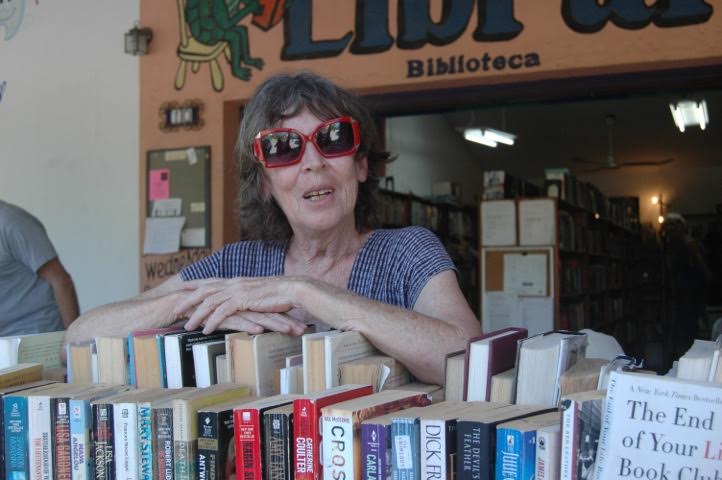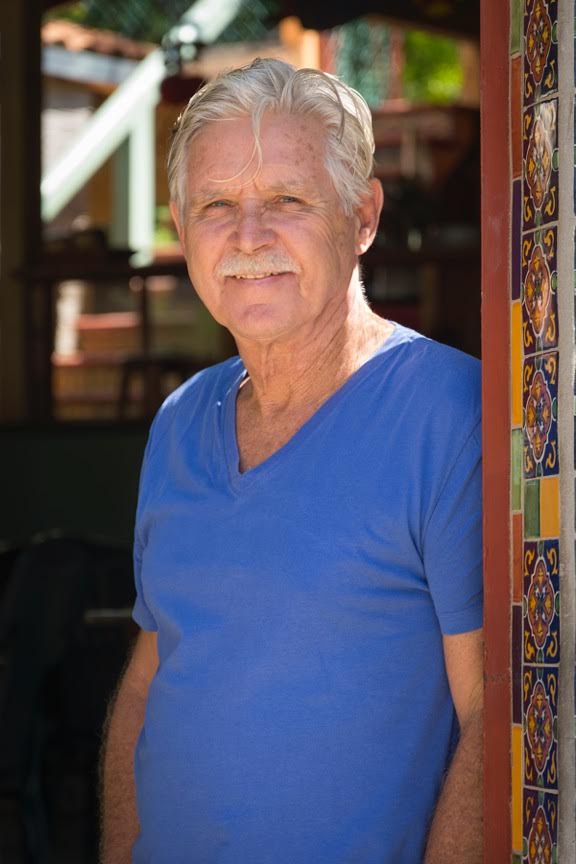
From the Subarctic to the Subtropics: Canadians in Puerto Escondido

Until I came to Puerto Escondido, in all my travels on four continents, I never had reason to say, “I am not Canadian. I’m American.” I had met Canadians in the U.S., but they were the kind who passed for Americans. So, like most gringos, I only thought about our northern neighbors never.
But on October 20, I felt like taking to the streets of Puerto to celebrate the triumph of Trudeau’s Liberal party, and yell, “We are all Canadians.” Except that would be such an un-Canadian thing to do. I know there are many Trudeau supporters among the Canadians who live here, but no one set off any fireworks.
What distinguishes Canadians from Americans? The obvious difference is guns. Americans have them and Canadians don’t. Also Canadians have a reputation for being “nice.” Politeness seems to be a civic virtue with them. I have never heard a Mexican in Puerto speak badly of Canadians, although some waiters will tell you that Americans tip better.
Unlike Americans, Canadians in Puerto do not complain. Au contraire, they regularly express gratitude for Mexican hospitality. As refugees from harsh subarctic winters, they consider themselves fortunate to be able to vacation in the subtropics. The average daily temperature in Calgary in January ranges from a high of -3°C to a low of -15°; in that month there is usually 6 cm of snow on the ground and only around eight hours of daylight.
Nobody knows how the migration began, but Canadian Dan Clemens of Casa Dan and Dan’s Café above Zicatela, is sometimes credited with being at the center of the nucleus that created the gravitational pull. (Around 250 Canadians showed up at the café at 5 a.m. to watch the 2014 Olympics.) He came to Puerto from Vancouver in 1989 to visit his sister and brother-in-law. He opened the hotel in 1996 and since then many of the winter guests have been Canadians, some coming back year after year for a stay of a month or longer.
Sunwing and Westjet offer direct charter flights to Huatulco from eight Canadian cities including Winnipeg and Saskatoon as well as Vancouver, Toronto, Montreal and Calgary, and Air Canada has flights from Toronto. But when the first Canadian arrived in 1970, it was by bus from Acapulco. Highway 200 was paved but there was still no bridge over the Río Verde. He was on his way to South America, but like many travelers since, he decided there was no reason to go any further. Others made the 13-hour trek from Oaxaca on highway 131 which was then a dirt road.
Michael Malone of Hidden Voyages Ecotours was also heading to South America when his bus stopped in Puerto Escondido in 1972. Ten years later, he is living in Nova Scotia, and when his wife complains about the brutal winters there, he says, “I know this little beach town in Mexico.” They have been wintering here for the last 35 years.
Julie Leggatt, a native of Ontario, came to Puerto in 1998 on the recommendation of a travel agent in Oaxaca. She spent two weeks at the Arcoiris, returned in 2000, and bought a condo. She has been here every since. She chose Puerto over the Mediterranean and other parts of Mexico, because it was “beautiful, clean, non-touristy, inexpensive and fun.” She thinks it would be best that “Canada buy a warm country somewhere so we don’t have to become expats when our bones need warming. But Puerto is perfect until then.”
The snowbirds start arriving in November, reaching their peak numbers in February. Many are retirees who have been coming to Puerto for years, always returning to the same hotel. The renters prefer Manzanillo Ridge, Carrizalillo, Rinconada and Bacocho as well as Eglantina and other condos, according to Martina Rotter of Blue Horizon Real Estate. She notes that some prefer apartment complexes with shared pools and recreation areas for the social life they provide, whereas others, desiring more privacy, rent houses. The average rental is for one month and ranges between $1,000 and $5,000 U.S.












